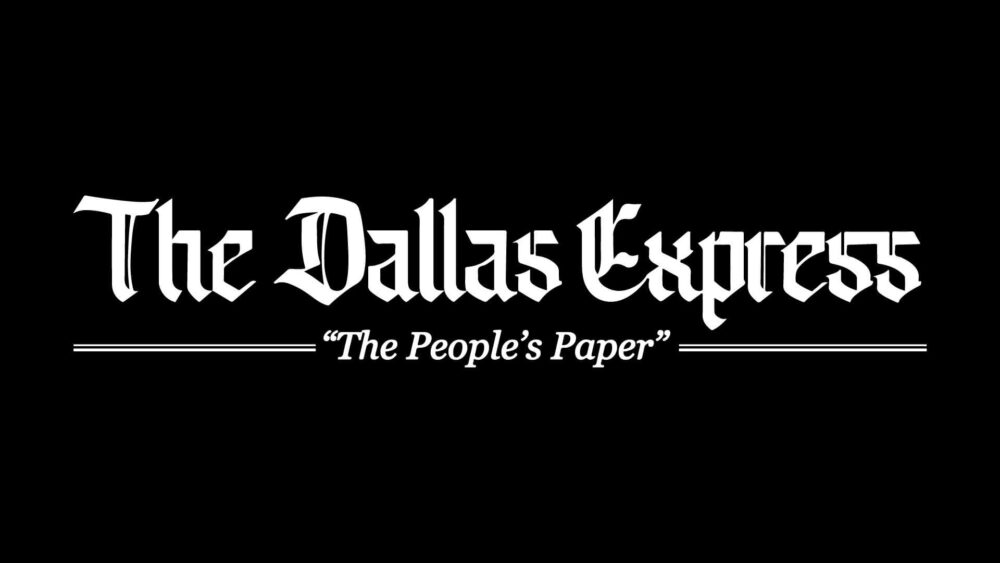U.S. Federal Reserve Chairman Jerome Powell warned of economic pain on Friday, suggesting rate hikes will continue in the fight against inflation.
Powell made no mention of the recent stock market rally and gave no notion of whether he would raise interest rates 50 or 75 basis points at next month’s Federal Open Market Committee (FOMC) meeting. Instead, the Fed Chair said he would base future decisions on a case-to-case basis as new data is analyzed.
While some investors were hopeful the Fed would be more open to a dovish pivot, Powell instead took a hawkish stance, reiterating his commitment to bring inflation down toward the 2% target range.
He added that the central bank will use its tools forcefully to tackle inflation, which at 8.5% is still running at the highest level in 40 years.
“In current circumstances, with inflation exceeding 2% and the labor market extremely tight, estimates of longer-run neutral are not a place to stop or pause,” Powell said.
“Restoring price stability will likely require maintaining a restrictive policy stance for some time.”
Consumer Price Index for August is scheduled to be released on September 13. Data for the month will give analysts and Fed Chairman Powell a better idea of whether inflation peaked in June. Beginning in March this year, the Fed has executed four consecutive interest rate increases totaling 2.25%.
Powell is also likely to focus on the Fed’s data dependency, according to Silvia Dall’Angelo, a senior economist at Federated Hermes.
“The Fed is not out of the woods: inflation is still very elevated, there are still price pressures in the pipeline, and the outlook for commodity prices is uncertain amid persistent geopolitical tensions,” she said.
The Fed is performing a careful balancing act with the economy, and according to Powell, “The historical record cautions strongly against prematurely loosening policy.”
The U.S. Bureau of Labor Statistics reported that July’s Consumer Price Index (CPI) was 8.5%, down from 9.1% the prior month but hovering around a four-decade high.
The U.S. stock market reacted negatively to the Fed chair’s speech, sending the Dow Jones Industrial Average, the S&P 500, and the NASDAQ down more than 2% late Friday morning.
The Fed’s next policy-setting meeting is scheduled for September 20 and 21.


